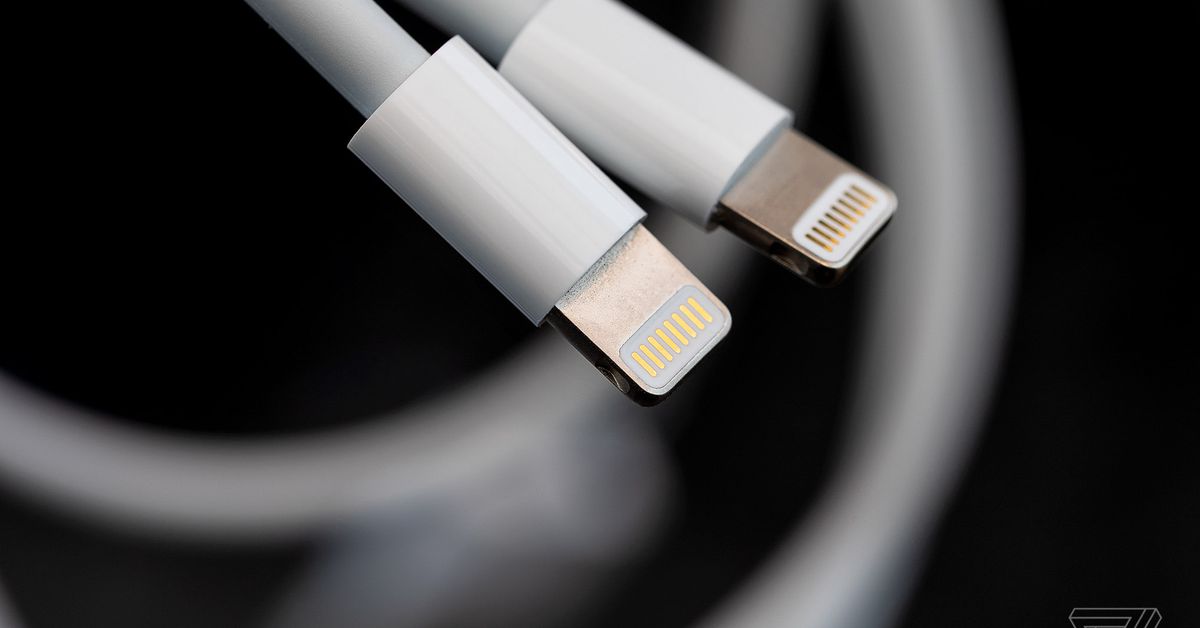
Sep 24, 2021
1 min, 21 secs
The iPhone doesn’t have USB-C for a reason.Apple, of course, doesn’t offer a USB-C iPhone, having argued to the European Commission in the past that “Legislation would have a direct negative impact by disrupting the hundreds of millions of active devices and accessories used by our European customers and even more Apple customers worldwide, creating an unprecedented volume of electronic waste and greatly inconveniencing users.â€.Switching to USB-C, Apple says, would actually be more wasteful than sticking with Lightning, since customers would need new cables and adapters — despite the fact that Apple already offers USB-C ports on its iPads and its MacBooks and has managed to switch over those popular products without major issues or customer revolts.
It also means that Apple would lose out on the revenue it makes from every Lightning cable and accessory that works with the iPhone, Apple-made or not — along with the control it has over what kinds of hardware does (or doesn’t) get to exist for the iPhone and which companies get to make them?
If the EU allowed Apple to stick with Lightning, keeping that standard around also makes a certain amount of sense, even if it’s frustrating to those (like me) who would prefer a more unified charging standard.Like USB-C, it offers waterproofing capabilities, and it gets Apple both its licensing fees and ecosystem control.
But a portless iPhone that relies on MagSafe (or another wireless standard) is a baffling proposition.Apple is a $2.4 trillion company; it likely would be just fine without the revenues it gets from Lightning cable fees, should it switch to USB-C entirely